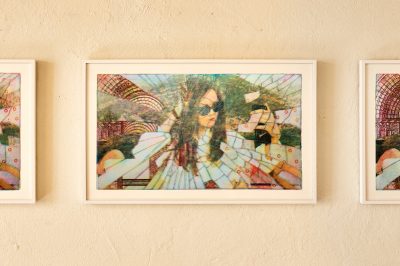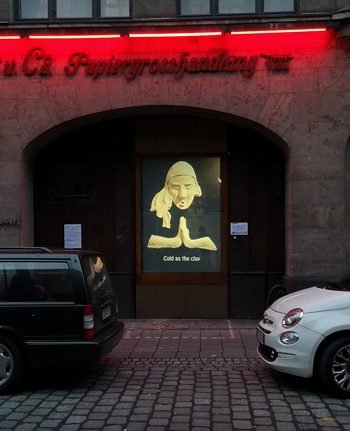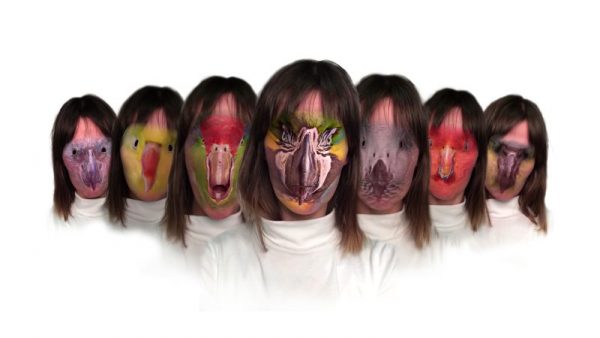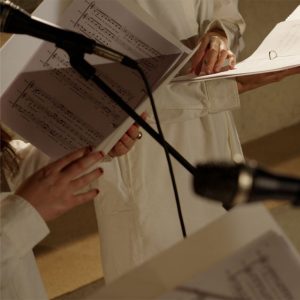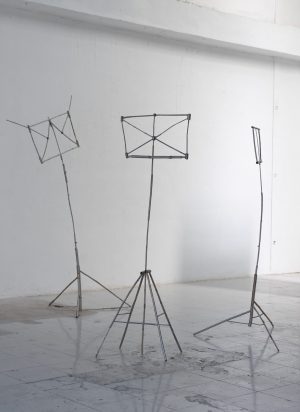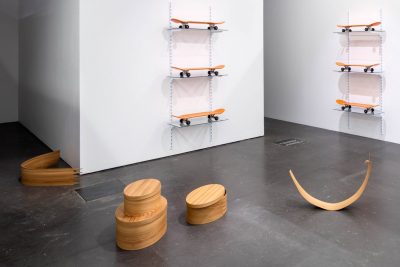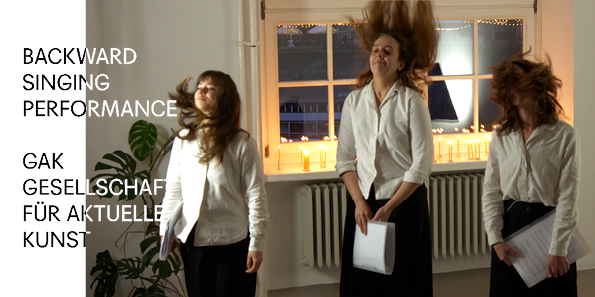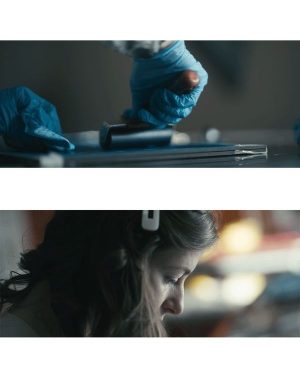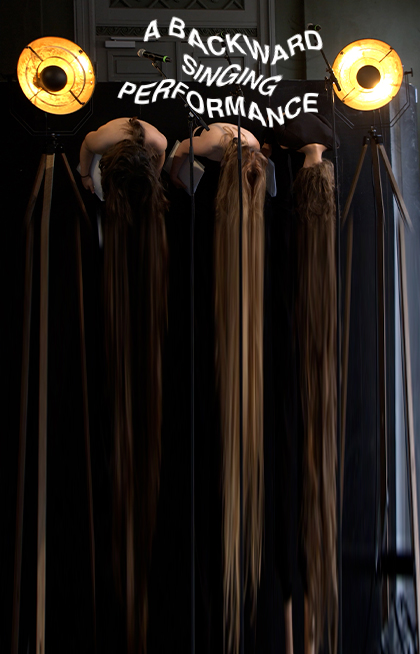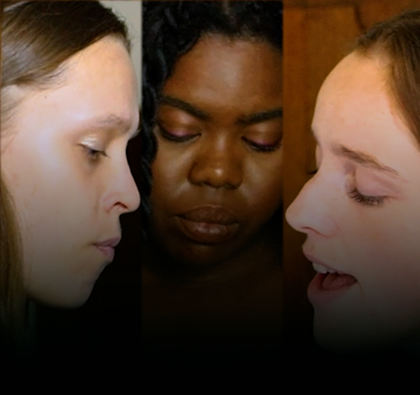Eau Pernice, Haneloså Eat Sundnis, 2020/2022.
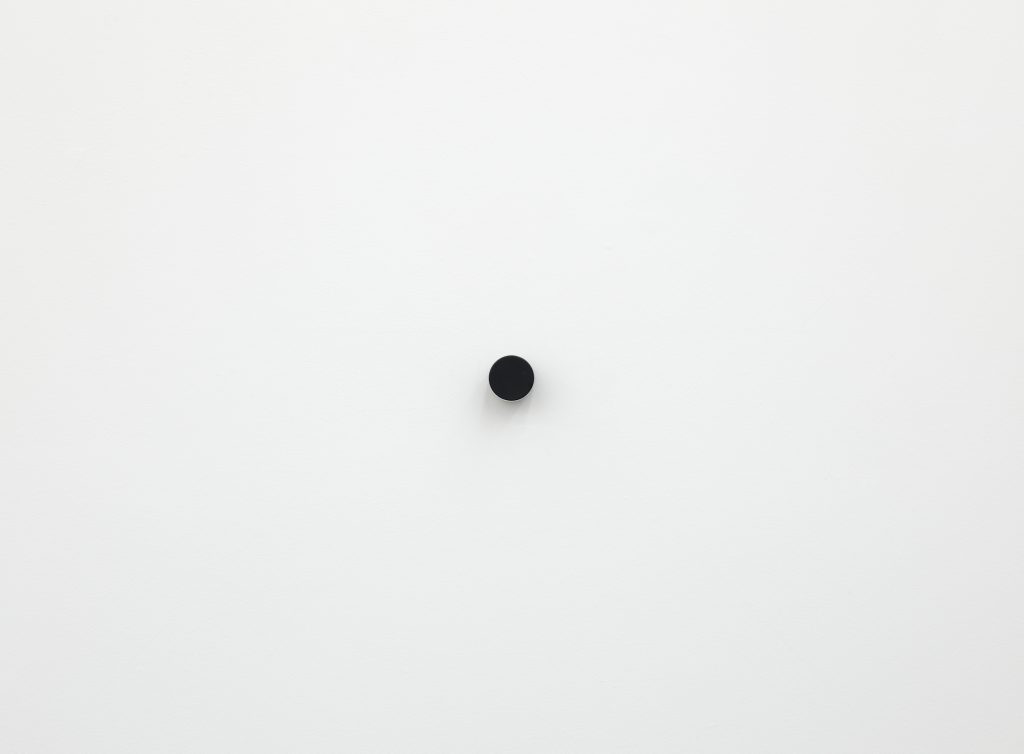
2-channel sound installation, 8:13 min.
Venue: Galleri Nils Stærk, ‘Are We There Yet’
November 2022 – January 2023. Andreas Albrectsen (1986, DK/BR), Allora & Calzadilla (1974, US/1971, CU), Paul Fägerskiöld (1986, SE), Ceal Floyer (1968, UK), Jone Kvie (1971, NO), Eau Pernice (1989, DK) and Maša Tomšič (1986, SLO). Curated by Laura Goldschmidt
Photo: Malle Madsen
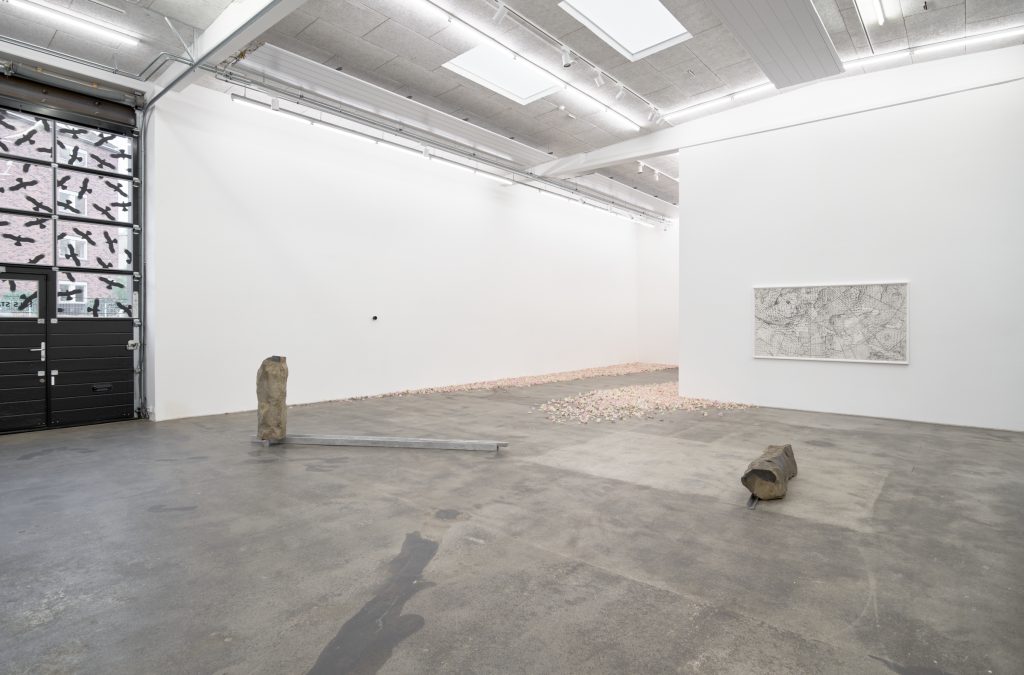
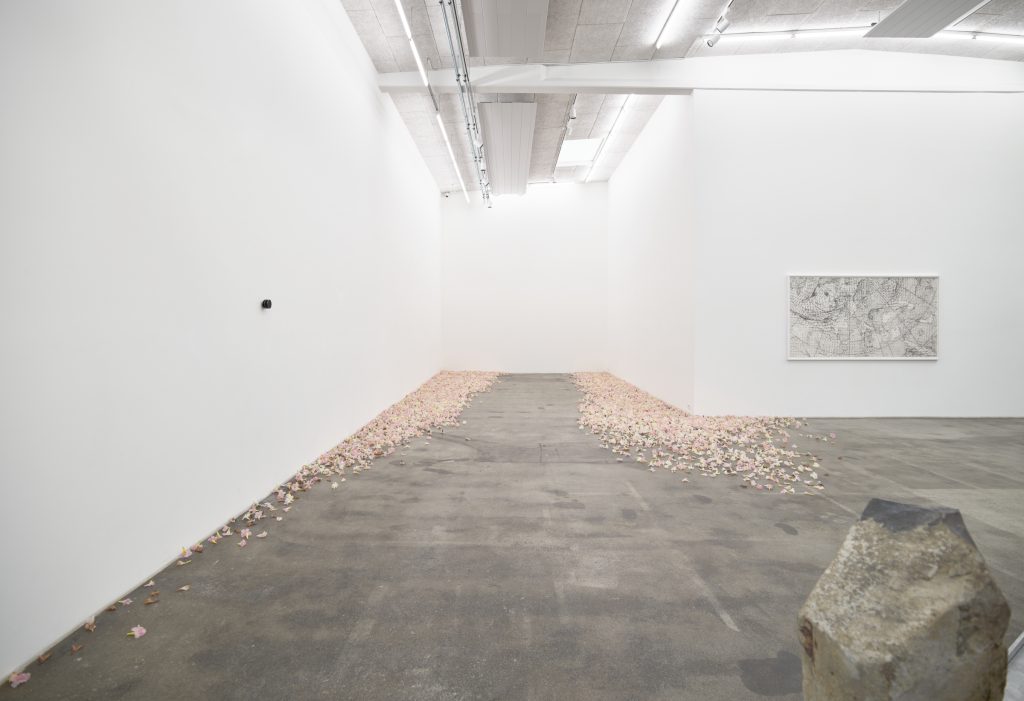
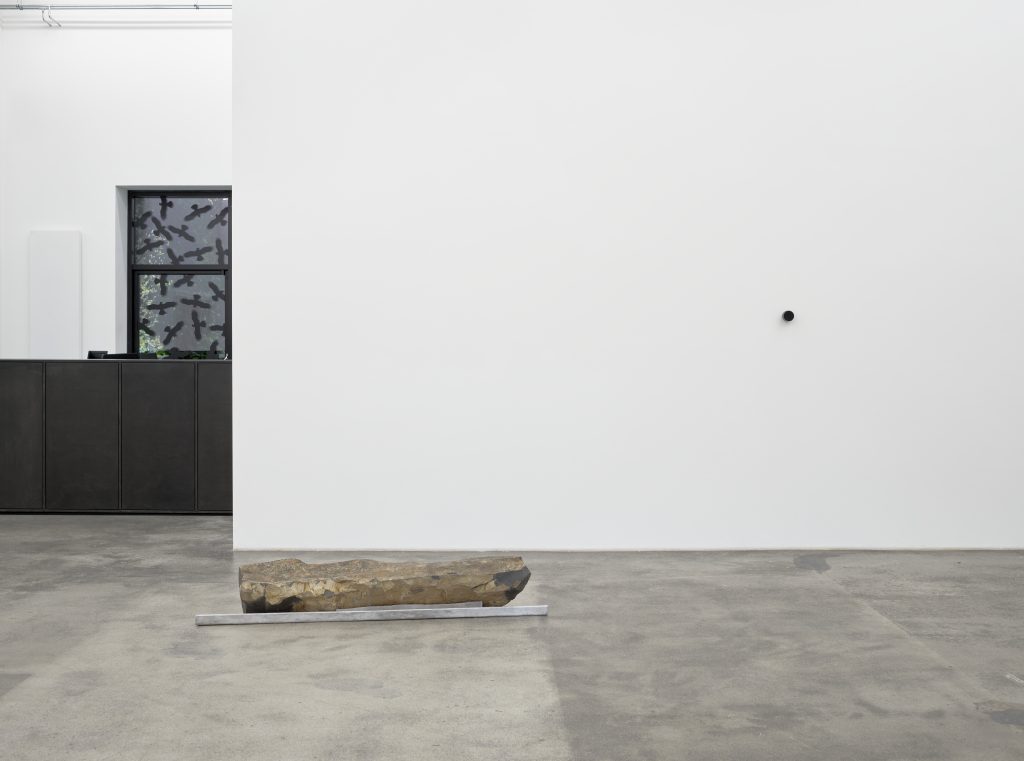
Haneloså Eat Sundnis is the title of a sound installation by Eau Pernice, featuring a recording of the psalm, in three voices, Se, nu stiger solen af havets skød (Look, the Sun Is Rising from the Bosom of the Sea), a Danish song with lyrics by a Danish pastor and author, Jakob Knudsen, from 1890 and melody by Oluf Ring from about 1915. The title of the work, like the sound image, does not make immediate sense. It is sung backwards, so that phrases like ‘Lysvæld bag ved lysvæld i himlen ind, did, hvorfra den kommer nu, morgnens vind (…)’ become sound words without any real meaning. The work consists of two audio tracks played synchronously.
One speaker plays the song forwards, while the other plays the same song backwards. The meeting of the two soundtracks creates a captivating soundscape where words dissolve into sounds and breaths resemble wind or breeze. The phonetic reversal rephrases the song, making it sound as if it is spoken backwards. The new lyrics that are created make no overall sense, whereas individual words reappear as new, already familiar words such as eat, days or platform.
The original song is a hymn to God’s creation with nature as the primary metaphor. In the rearrangement of the song the landscape descriptions are dropped in favour of a new mystical text without a consistent coherent content. Written more than a hundred years ago, the lyrics present a language that for most people of today means something else, or perhaps has no meaning at all? Pernice’s sound work is like a translation of an obsolete language which creates new meanings or perhaps even attempts to predict the future of nature. Updating an old song about nature can in itself be seen as a consequence of the fact that current stories about the world’s oceans, the wind and the sun have changed our understanding of them. The way we humans understand natural phenomena today is inspired by a different narrative, one that is determined to a much higher degree by the climatic changes that nature is undergoing. Arguably, the words Haneloså Eat Sundnis have no concrete or intelligible meaning. Nevertheless, the text prompts us to search for meaning – as when we notice individual words that mean something, albeit in a different language. The sound work may actually be an expression of the fact that, as human beings, we must embark on the journey of re-appropriating and understanding nature anew. New readings are needed so that new narratives may emerge. It is odd that the Danish language consists of an overabundance of fixed expressions in which the weather or nature is used as a metaphor for something that does not make sense; ‘en sang fra de varme lande’, which translates as ‘a song from hot countries’, is a saying referring to a meaningless answer or ‘søforklaring’, literally a ‘sea explanation’, used to denote prevarications. A word like ‘mundsvejr’, literally ‘mouth air/breath’ or ‘mouth weather’, in English ‘hot air’, is also used for statements without real content, as a conceptualisation of the air that flows out of one’s mouth during speech.
Laura Goldschmidt










